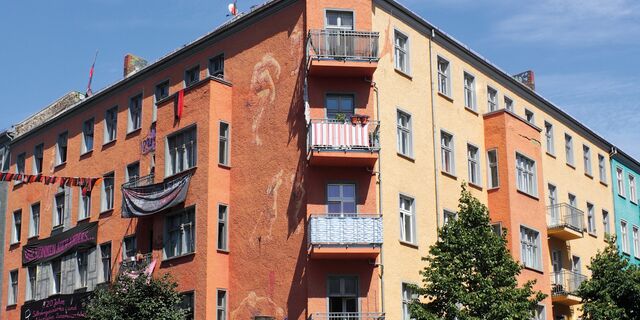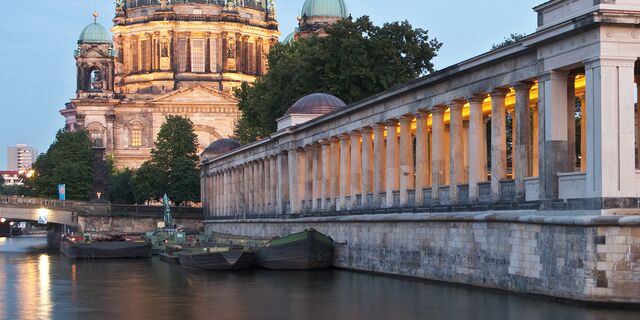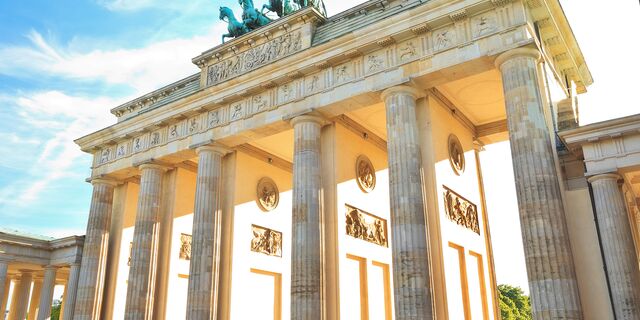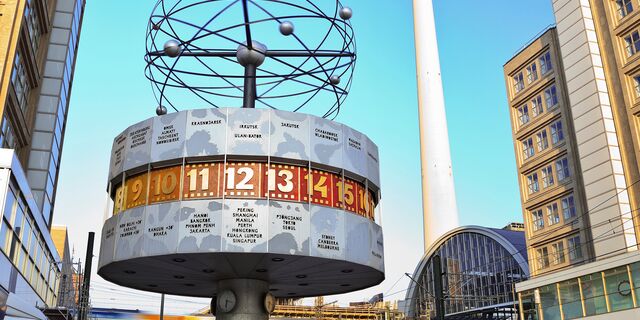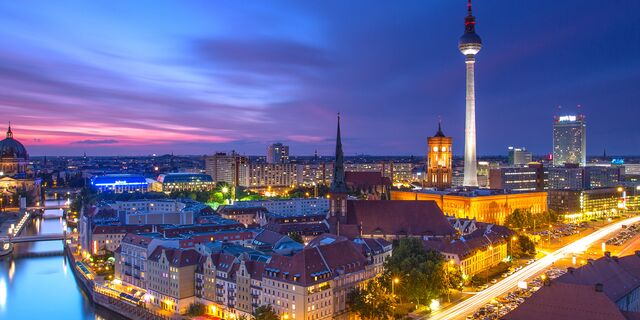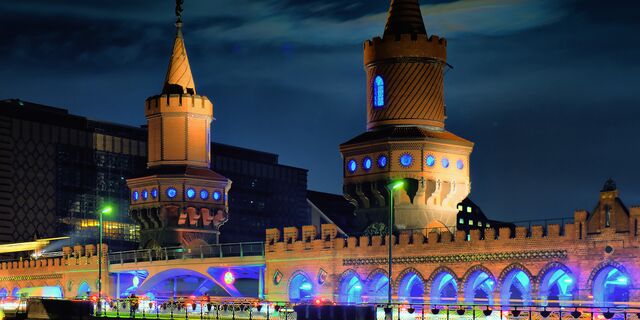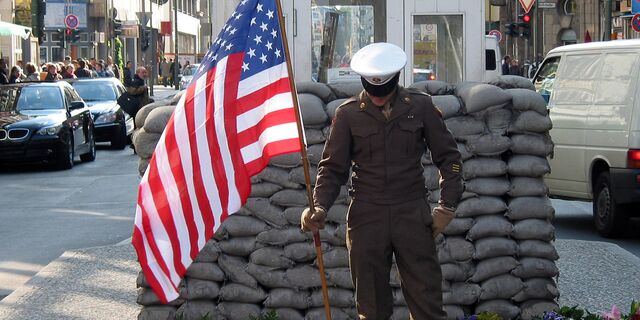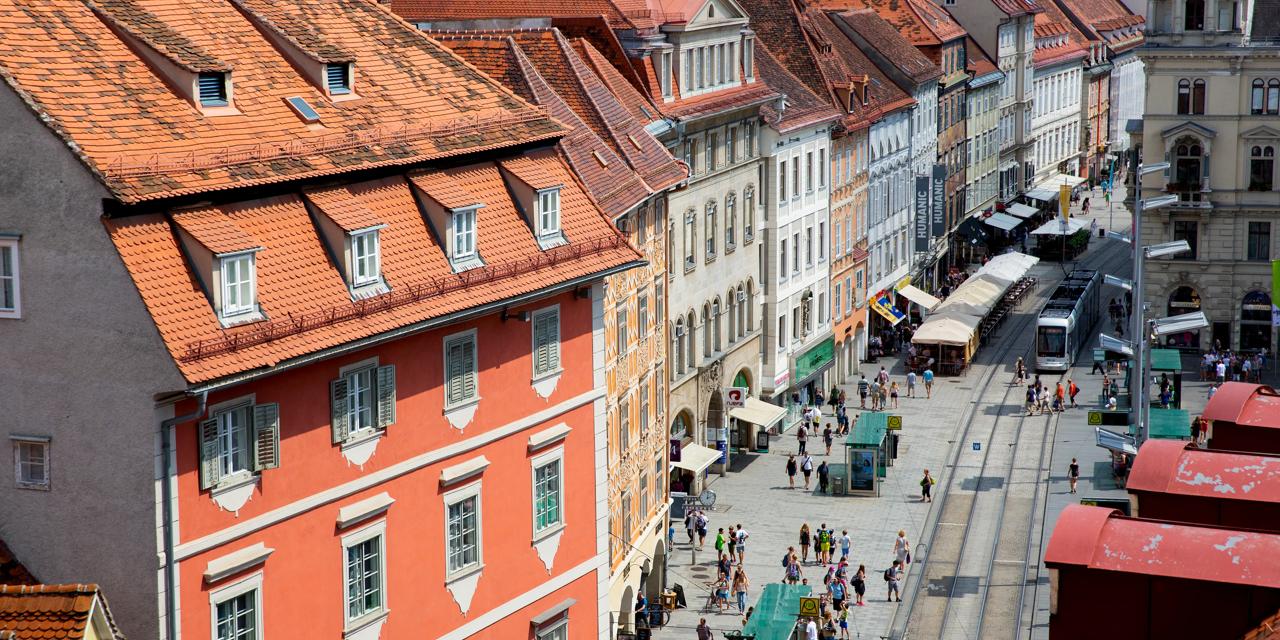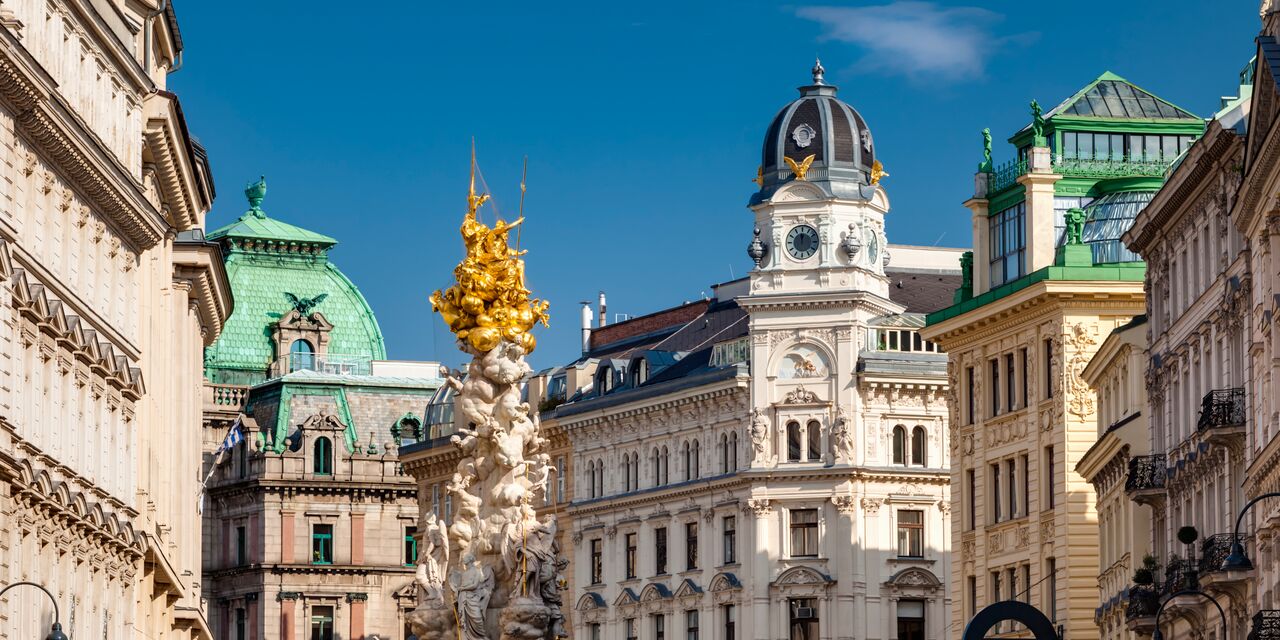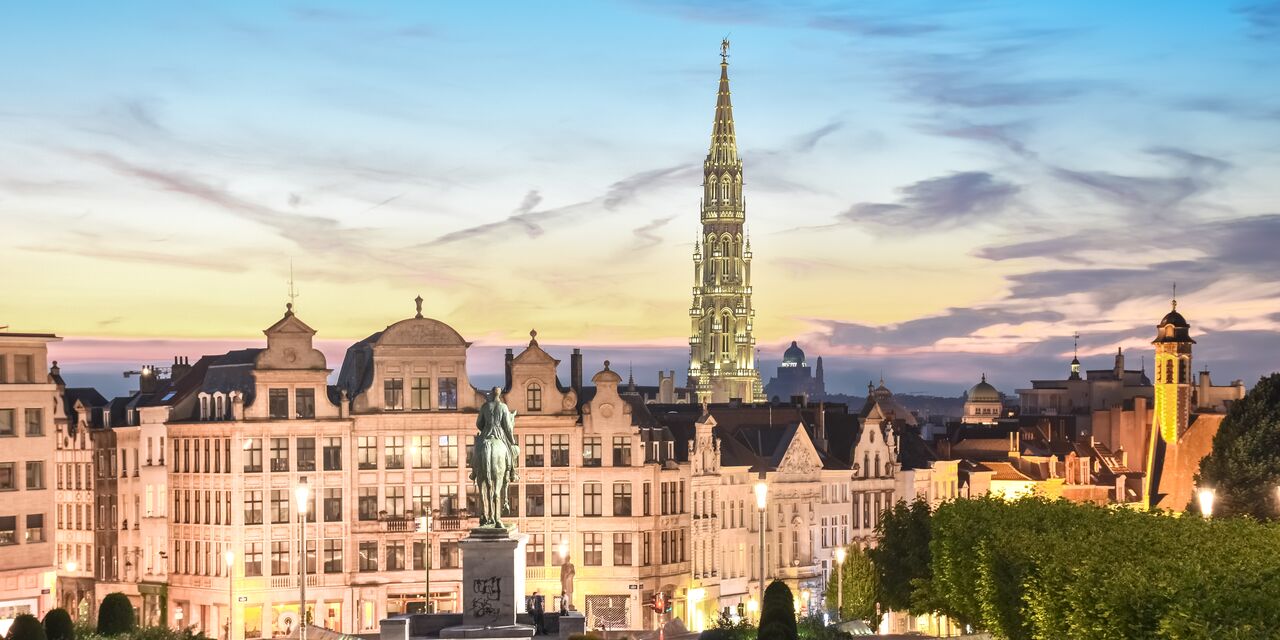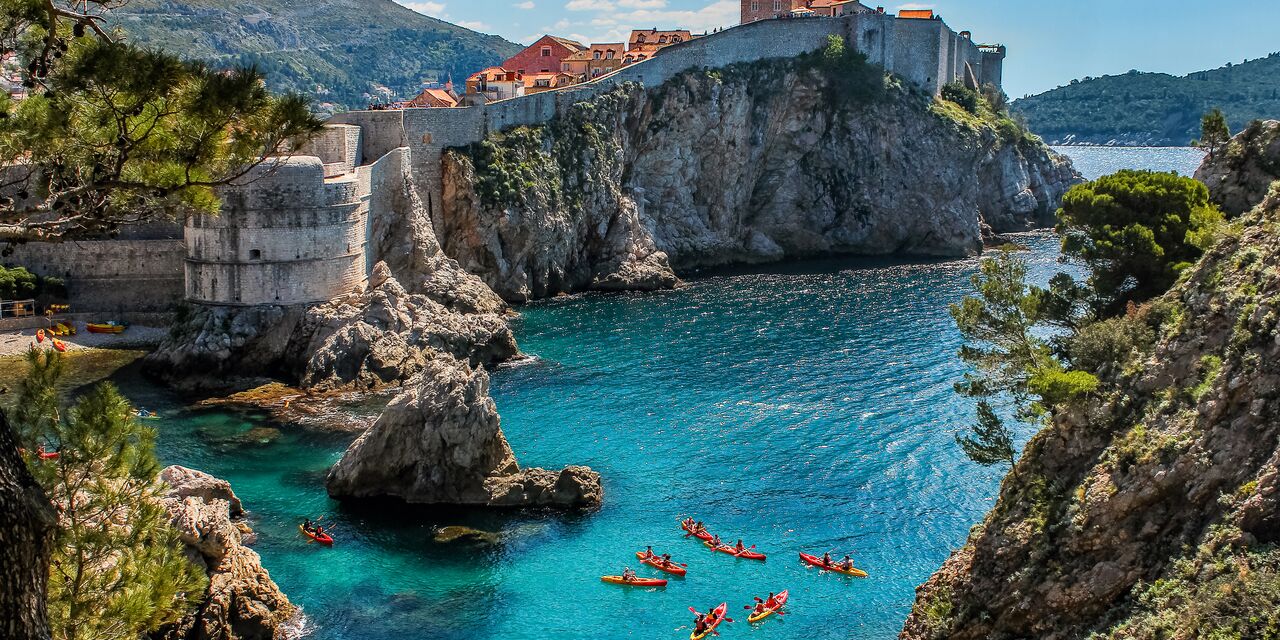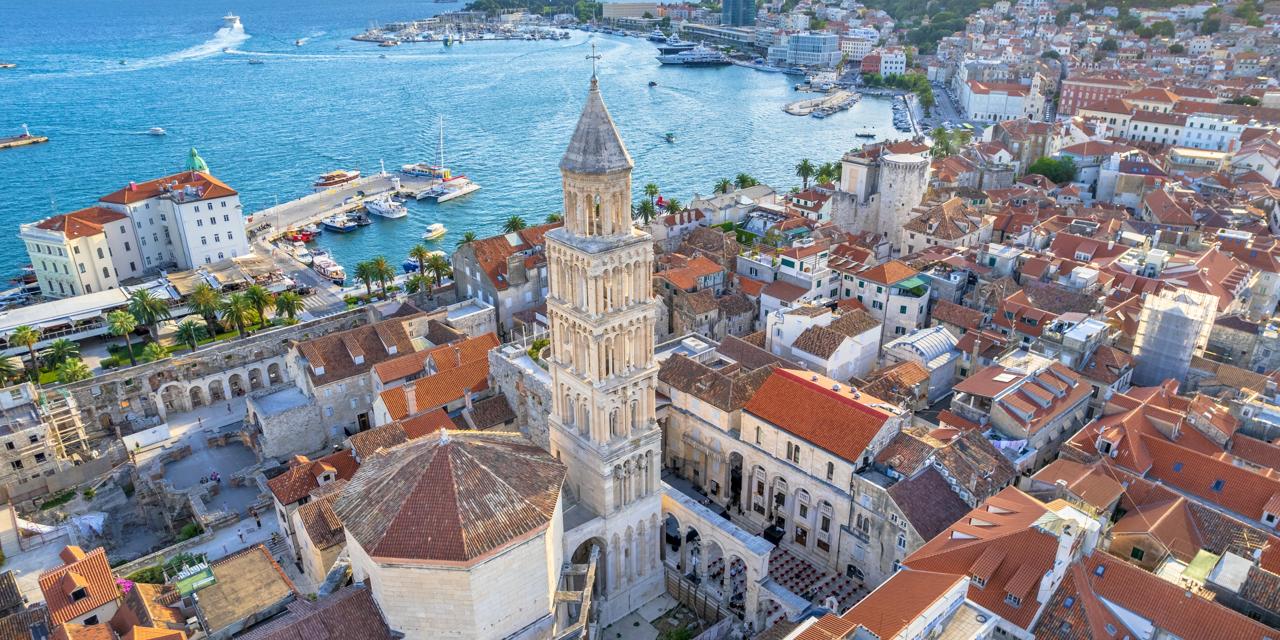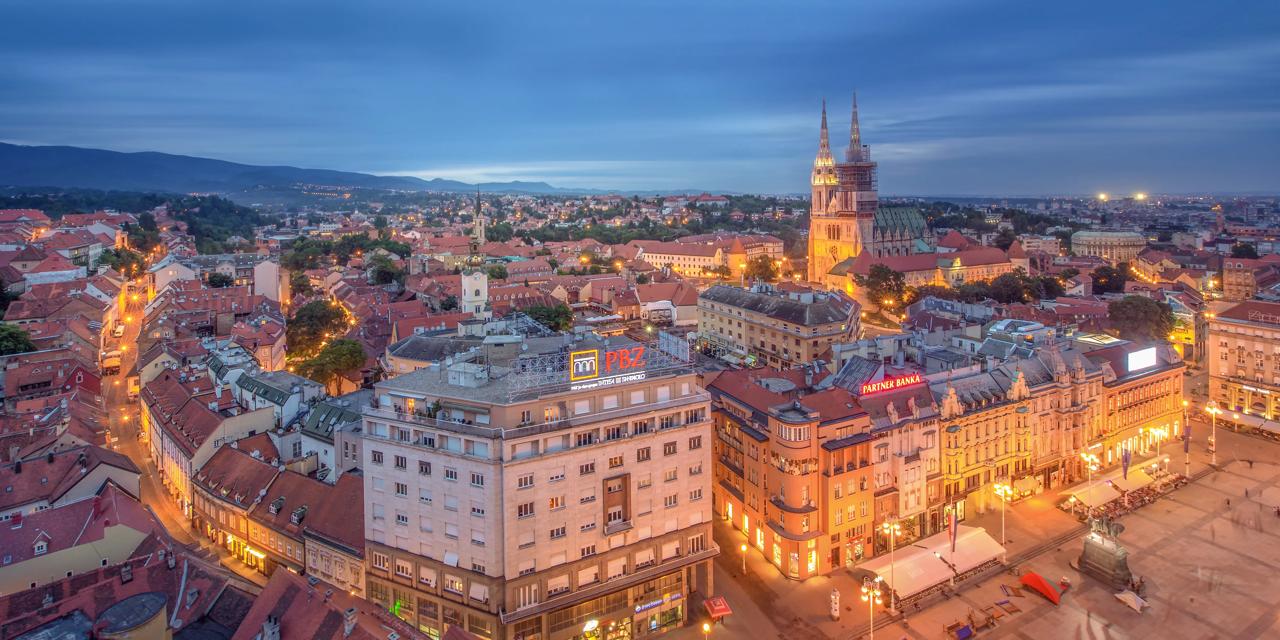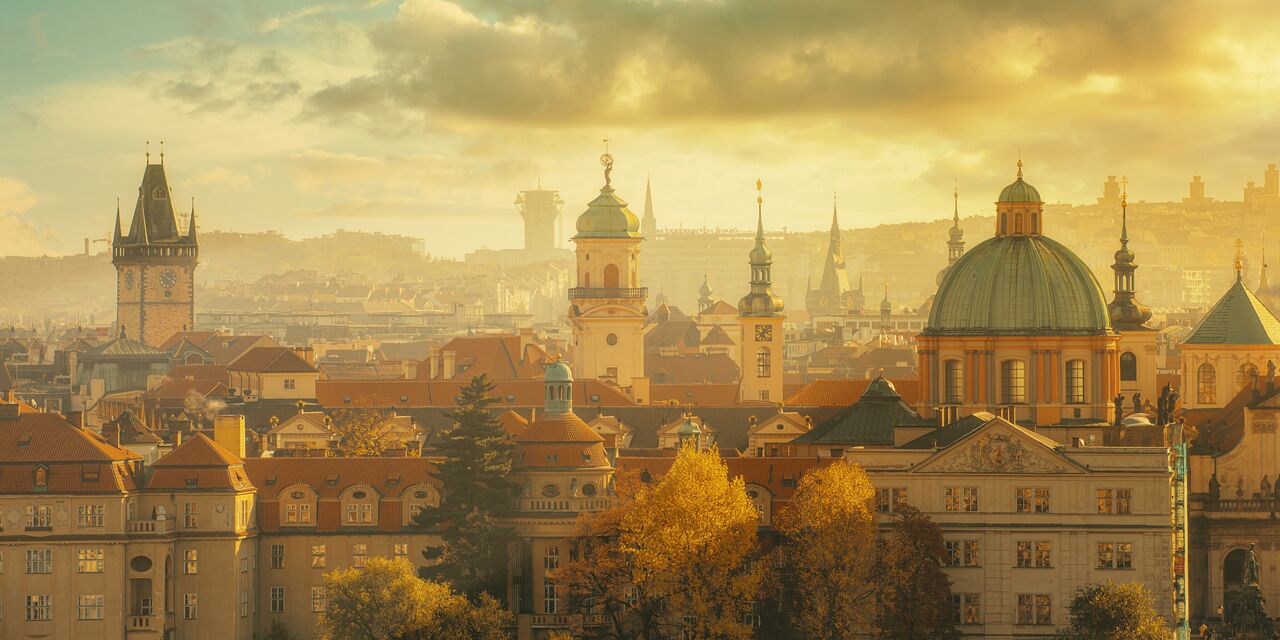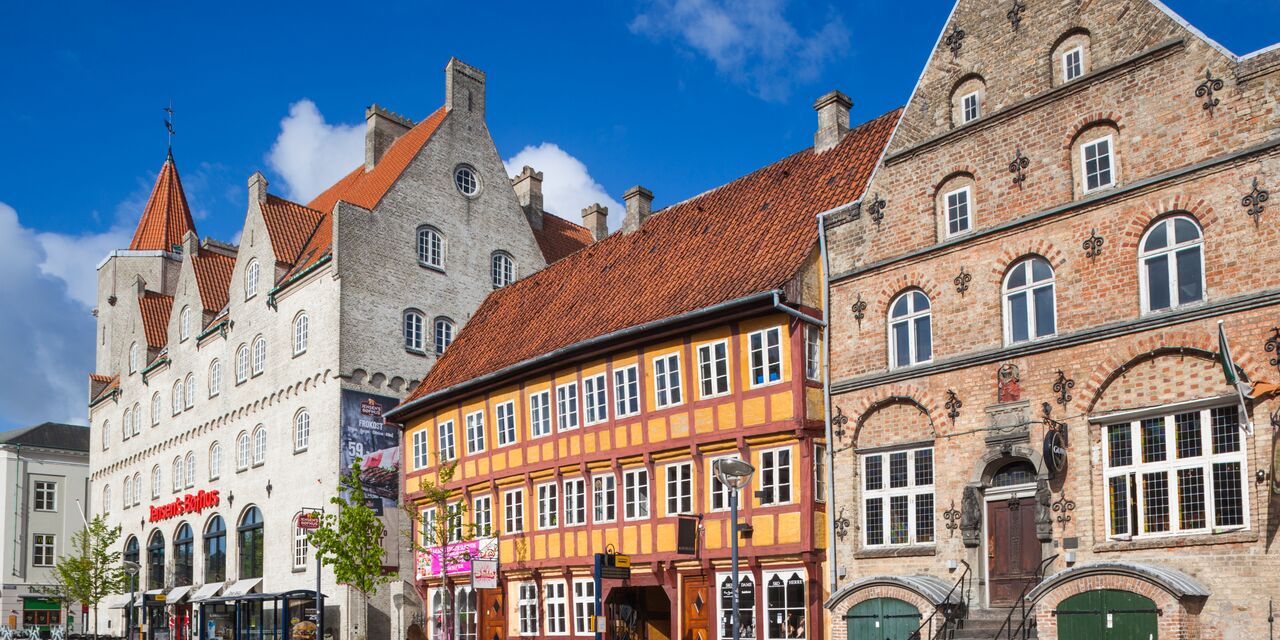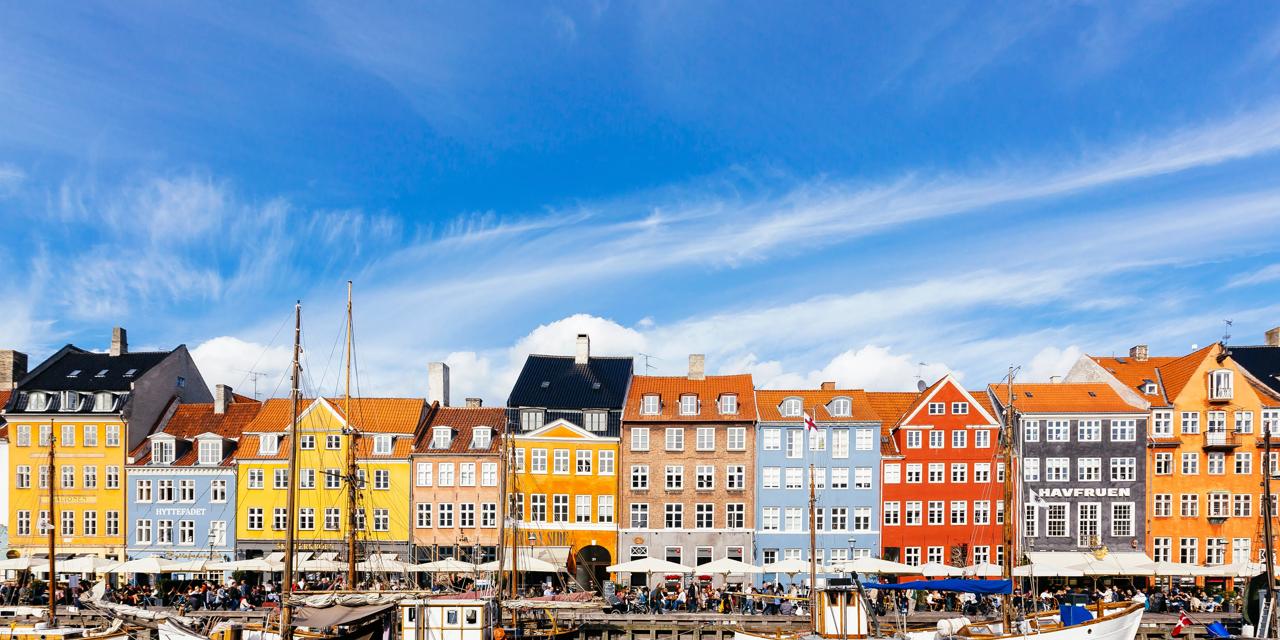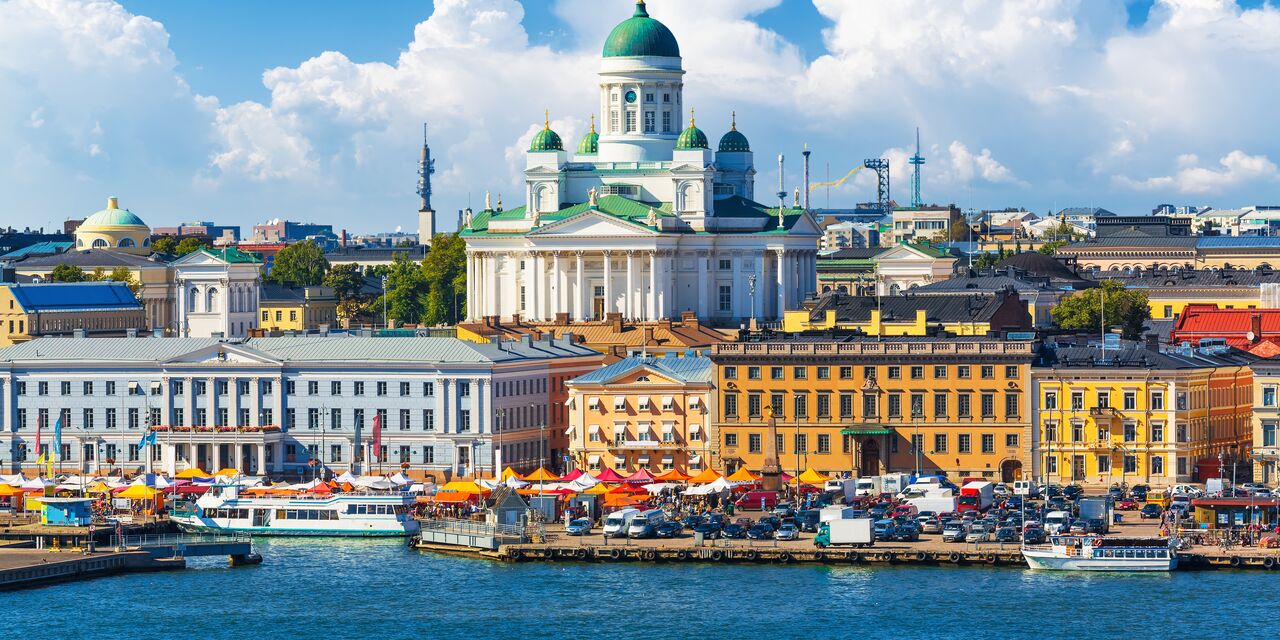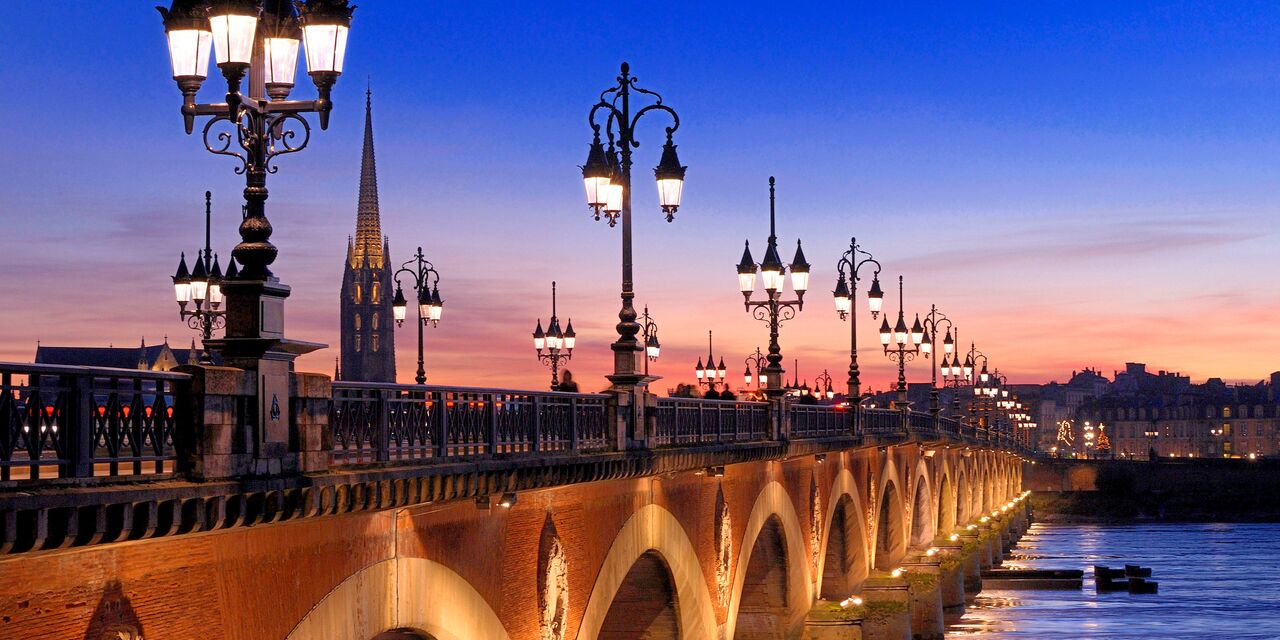Tempelhof: from Hitler’s ‘Weltflughafen’ (international airport) to city park
From a grassy air strip to the world's largest airport, and from a Prussian parade ground to a city park: no other airport has had such a turbulent history as Flughafen Tempelhof airport. In 1926, with 10 flights a day, this was Europe’s largest airport – even bigger than London, Paris and Amsterdam. When, during the Cold War, the Soviet Union blocked all access roads, West Berlin received all of its supplies by air via Tempelhof: the so-called 'Berlin Airlift'.
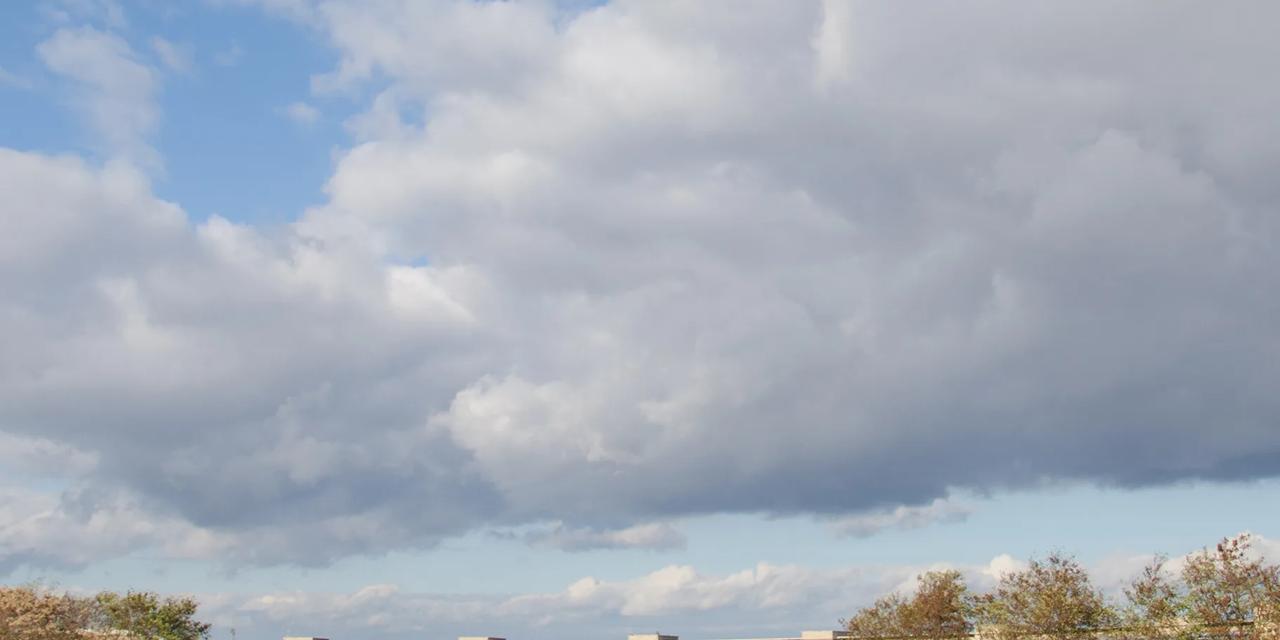
The Berlin airlift during the Cold War
It is quite ironic that one of Hitler’s largest constructions has a special place in the heart of many Berliners. Tempelhof, built as the grand gateway to ‘Germania’, the new capital of the Third Reich, saved many from starving to death after the war. When West Germany introduced the Deutschmark currency in 1948, Soviet leader Stalin responded by blocking all access routes to West Berlin. The only way to get supplies to 2 million West-Berlin residents was by air. It was a blessing in disguise that Tempelhof was located on this side of the Berlin Wall. The 'Berlin airlift' was a monster operation: for almost a year a cargo plane would land here every minute. The supply planes were known as the ‘Rosinenbomber’ (raisin bombers), because as the pilots came in for landing, they tossed boxes of raisins, candy and chocolate bars to the cheering children. During that time, 278,000 flights delivered 2.3 million tons of freight.
Berlin’s largest city park
After the closure of the airport, the city squabbled for years over its future. Tempelhof is now the largest city park in Berlin. The runways are used by people to bike, jog, skate and kite-surf. People fill the grassy fields to relax, play football or barbecue. The park also hosts frequent pop festivals and major sports events. The hangars have been transformed into a sports centre, disco, offices, art studios and recording studios. Under the direction of landscape architect Eelco Hooftman, a small residential neighbourhood is being built on the edge of the park. The historic airport terminal has been designated a historic monument and will be preserved.
Discover other destinations in Europe
*The displayed prices are for one adult. All amounts are in MUR. Taxes and surcharges are included. No booking fee is applicable. Prices shown may vary depending on fare availability.
The weather forecast information is provided by World Weather Online. Air France-KLM is not responsible for the reliability of this data.


